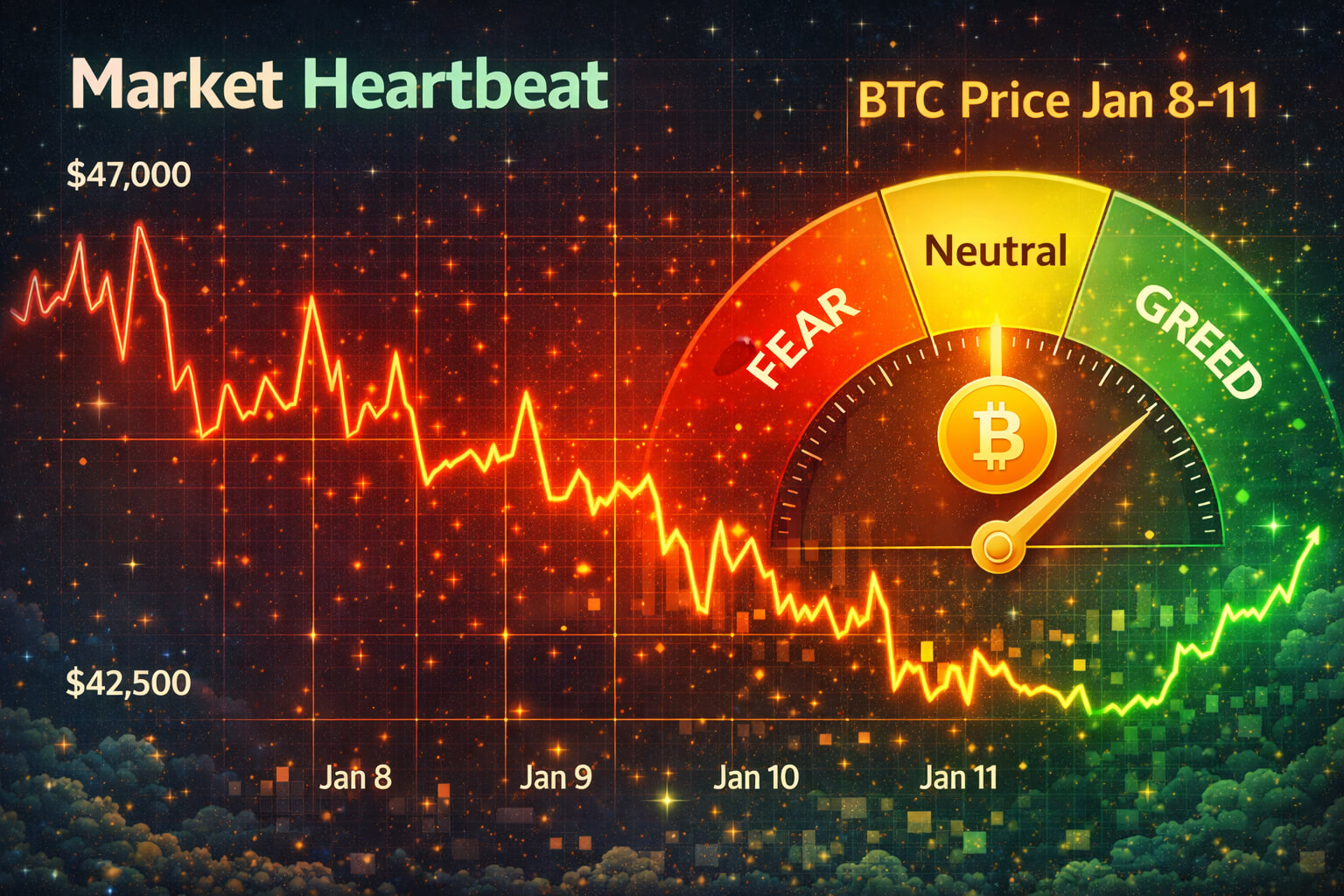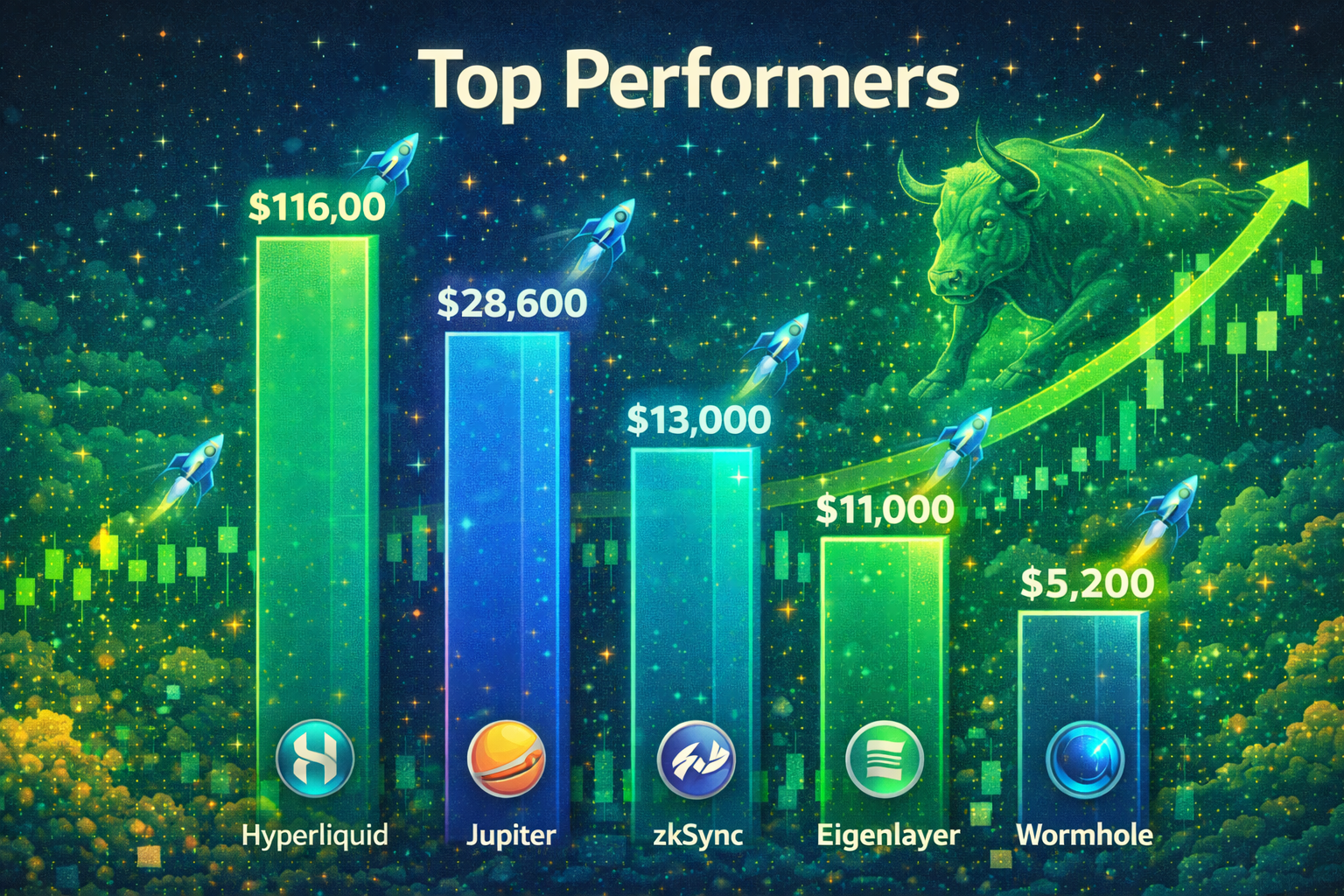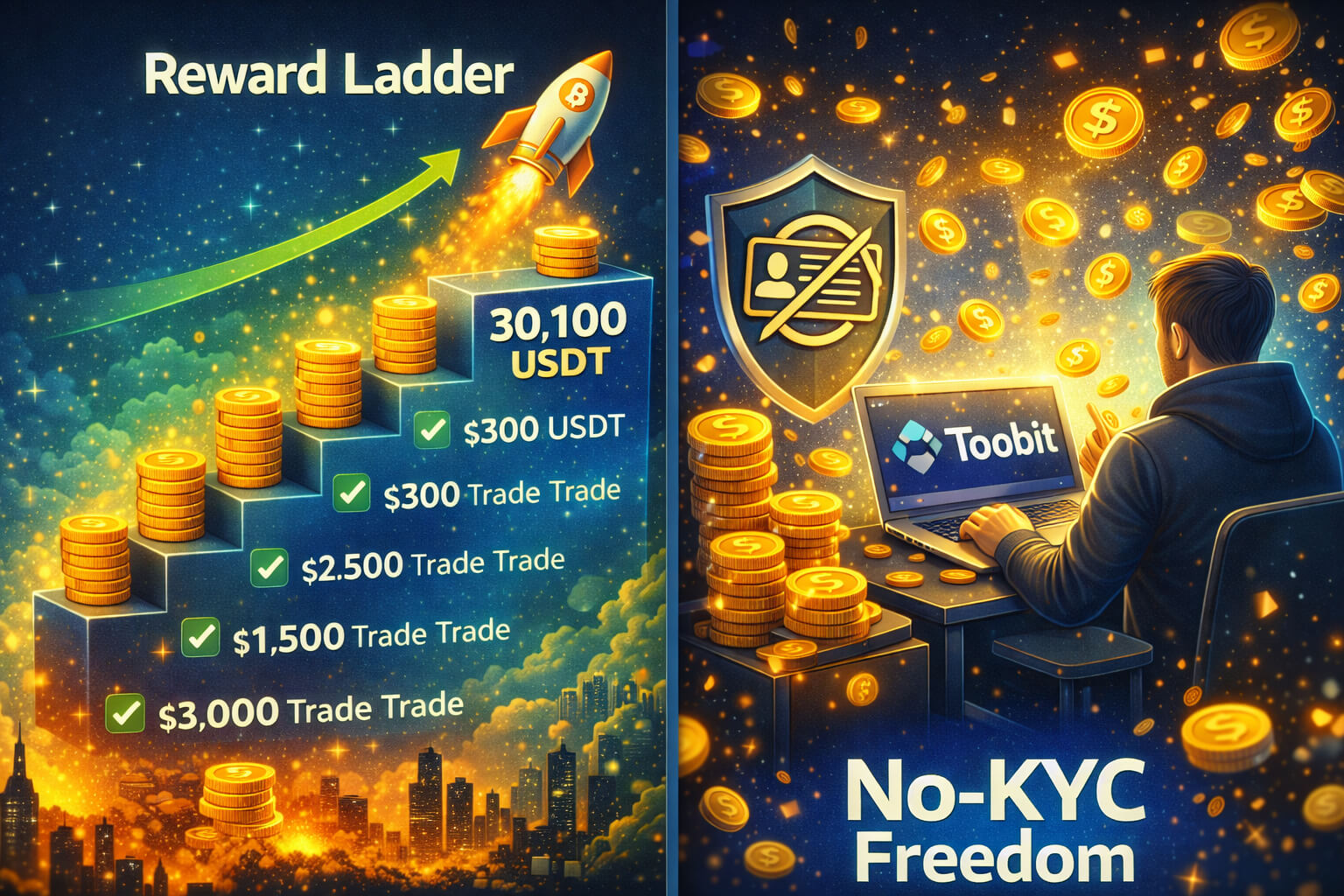Hey there, crypto enthusiasts! If you’ve been around the blockchain space for a while, you’ve probably heard the term “cross-chain interoperability” tossed around. But what exactly does it mean, and why is it such a big deal? As the blockchain ecosystem grows, the ability for different blockchains to communicate with each other seamlessly is becoming increasingly important. This is where cross-chain interoperability comes into play.
In this article, we’ll break down what cross-chain interoperability is, how it works, and why it’s poised to become the next big thing in blockchain technology. Whether you’re a developer, an investor, or just a curious mind, understanding this concept could give you a front-row seat to the future of digital assets.
2. What is Cross-Chain Interoperability?
Defining Cross-Chain Interoperability
Cross-chain interoperability refers to the ability of different blockchain networks to communicate, share data, and interact with each other. In simpler terms, it’s like having different computer systems that can talk to one another, allowing users to transfer assets or data from one blockchain to another without needing a centralized intermediary.
- Why It Matters:
Most blockchains operate in isolation, meaning they can’t directly interact with other networks. Cross-chain interoperability aims to break down these silos, enabling a more connected and versatile blockchain ecosystem.
How Does Cross-Chain Interoperability Work?
To achieve cross-chain interoperability, various technologies and protocols are used. Here are some of the key components that make it possible:

- Atomic Swaps:
Atomic swaps are smart contracts that enable the exchange of cryptocurrencies from different blockchains without needing a third-party intermediary. They ensure that the transaction is either completed fully or not at all, reducing the risk of one party defaulting. - Relays:
Relays act as a communication channel between two blockchains. They verify the information on one blockchain and relay it to another, ensuring that the data shared is accurate and trustworthy. - Bridges:
Bridges are protocols that connect two blockchains, allowing them to transfer assets or data. For example, the Ethereum-Bitcoin bridge enables the transfer of Bitcoin to the Ethereum network, where it can be used in decentralized finance (DeFi) applications. - Oracles:
Oracles bring off-chain data onto the blockchain. They play a crucial role in cross-chain interoperability by providing external data that different blockchains can use to interact with each other.
Special Offer
For an enhanced trading experience, consider Bybit. Sign up through our referral link to unlock exclusive rewards, including up to $30,000 in deposit bonuses, and elevate your trading journey.
3. The Benefits of Cross-Chain Interoperability
Enhanced Flexibility and Usability
Cross-chain interoperability brings a new level of flexibility to the blockchain world. It allows users to transfer assets across different blockchains easily, which enhances the usability of cryptocurrencies. Imagine being able to use your Bitcoin on Ethereum-based DeFi platforms or vice versa interoperability makes this possible.
- Why It Matters:
This flexibility reduces the need to choose one blockchain over another. Instead, users can benefit from the best features of multiple blockchains, making the overall ecosystem more user-friendly and versatile.
Improved Efficiency and Lower Costs
By enabling direct interactions between blockchains, cross-chain interoperability can reduce the reliance on intermediaries. This leads to faster transactions and lower costs since users don’t have to go through multiple steps or pay extra fees to move their assets across different networks.
- Why It Matters:
Lower transaction costs and faster processing times can make blockchain technology more accessible to a broader audience, driving mass adoption.
Greater Security and Decentralization
One of the key principles of blockchain technology is decentralization. Cross-chain interoperability enhances this by allowing blockchains to collaborate without needing centralized control. This collaboration can lead to more secure networks as multiple blockchains can share resources and validate transactions together.
- Why It Matters:
A more decentralized and secure network can resist attacks better, ensuring the integrity of the blockchain ecosystem.
4. The Future of Cross-Chain Interoperability
Expanding Ecosystems and New Use Cases
As cross-chain interoperability technology matures, we can expect to see more innovative use cases and expanding ecosystems. From decentralized finance (DeFi) to non-fungible tokens (NFTs), interoperability could unlock new possibilities that weren’t feasible with isolated blockchains.
- Why It Matters:
The ability to move assets freely across different networks could lead to more integrated financial systems, where traditional and digital assets coexist and complement each other.
Challenges and Solutions
While cross-chain interoperability holds great promise, it’s not without challenges. Ensuring security across different blockchains, maintaining network speed, and achieving consensus are just a few hurdles developers need to overcome. However, ongoing research and development are paving the way for solutions that could make interoperability the norm rather than the exception.
- Key Insight:
As these challenges are addressed, cross-chain interoperability will likely become a standard feature in the blockchain space, driving further innovation and adoption.
Why Cross-Chain Interoperability Matters
In a world where multiple blockchains exist, cross-chain interoperability is the glue that can hold them together, making the entire ecosystem more efficient, flexible, and user-friendly. As we move into 2024 and beyond, understanding and leveraging interoperability could be key to unlocking the full potential of blockchain technology.
Follow us on Twitter and join our Telegram group to stay ahead in the evolving world of blockchain technology and cross-chain interoperability!

















